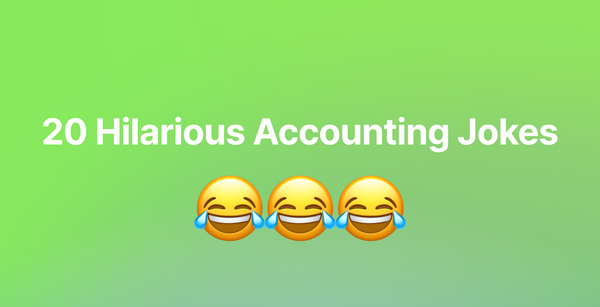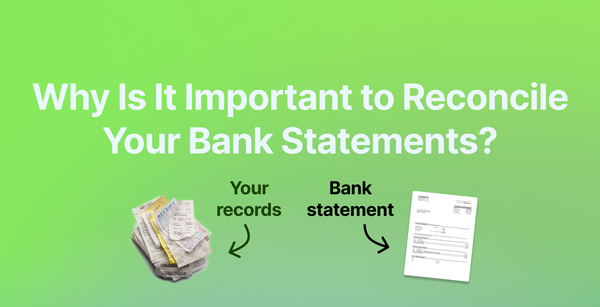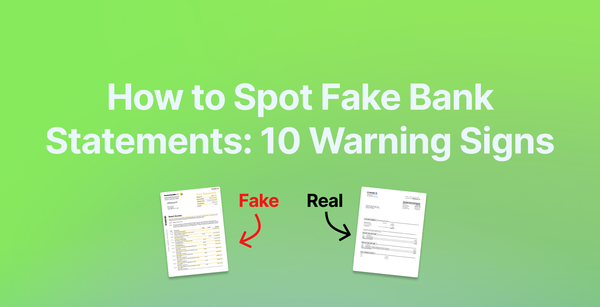What is a Bank Statement? A Complete Guide.
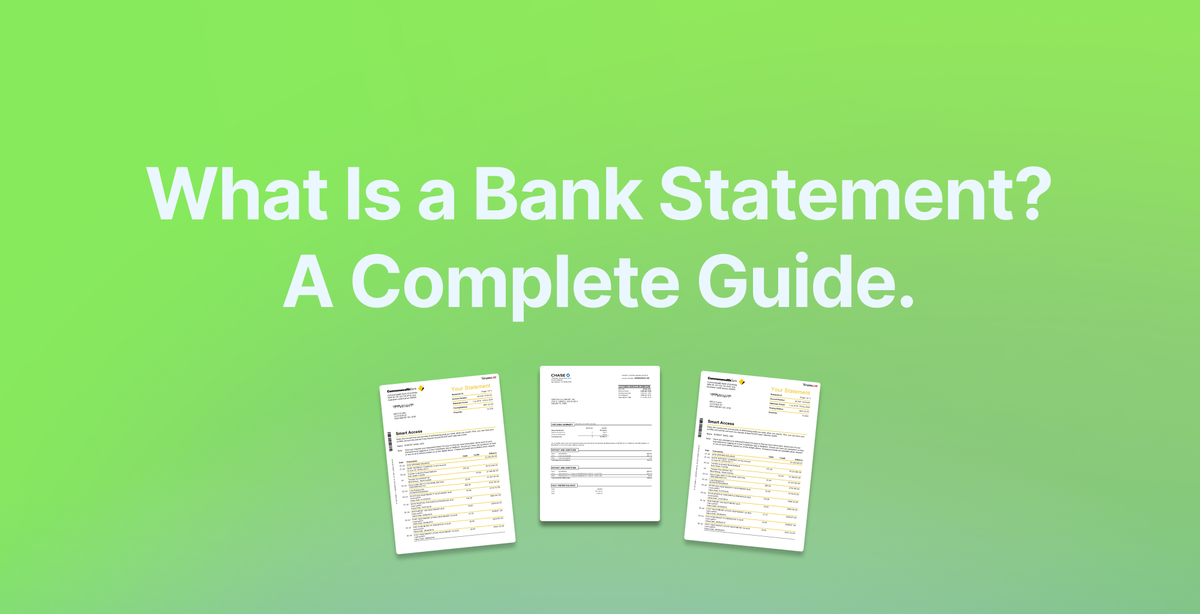
Managing your finances effectively starts with understanding your banking documents. Whether you're applying for a loan, tracking your spending, or preparing your taxes, knowing what a bank statement is, how to read it, and how to convert a bank statement to excel is essential.
In this comprehensive guide, we'll break down everything you need to know about bank statements.
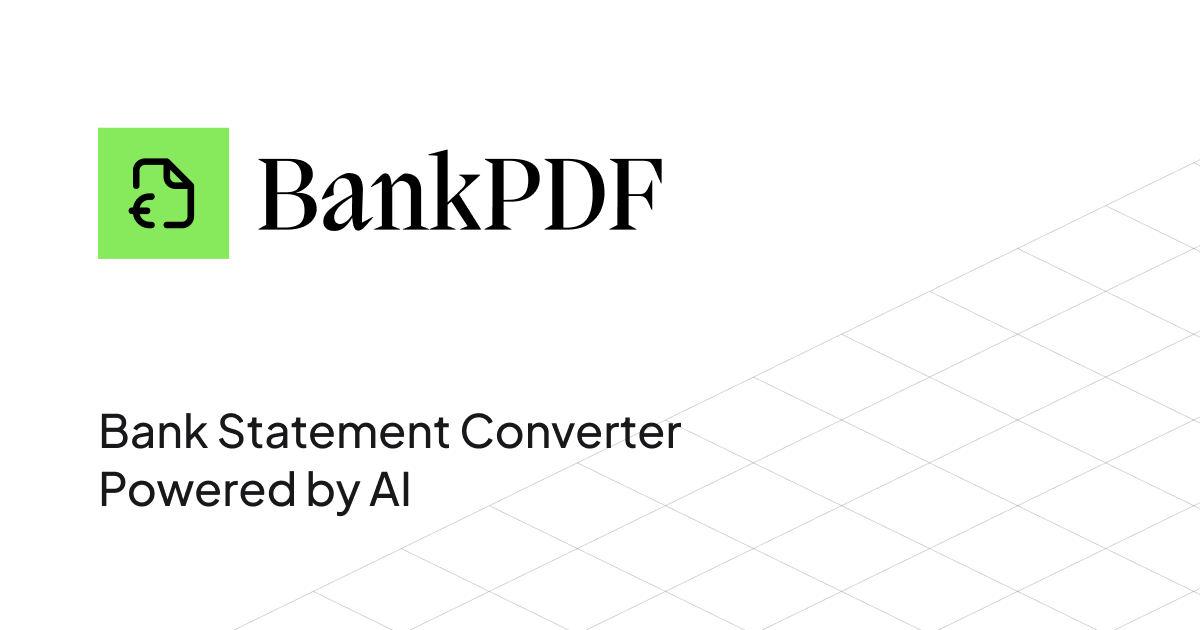
What is a Bank Statement?
The bank statement definition is that it’s an official document issued by a bank that provides a detailed summary of all transactions in a bank account over a specific period, typically monthly. This financial record shows the account's activity, including deposits, withdrawals, transfers, and any fees or interest earned during the statement period.
Bank statements serve as official records of financial activity and are crucial for:
- Tracking your money movements
- Verifying transactions
- Detecting unauthorized charges
- Maintaining accurate financial records
- Supporting loan applications
- Tax preparation purposes
Types of Bank Statements
Different types of bank accounts generate different kinds of statements:
- Checking Account Bank Statements
These statements show your daily transactions on your checking accounts, including:
- Direct deposits
- Check payments
- Debit card purchases
- ATM withdrawals
- Electronic transfers
- Account fees
- Savings Account Bank Statements
Because these derive from savings accounts with fewer transactions, typically, they display:
- Interest earned
- Deposits and withdrawals
- Account fees
- Current interest rates
- Credit Card Bank Statements
Technically, these are not bank statements, but they still show:
- Purchases made
- Payments received
- Interest charges
- Available credit
- Minimum payment due
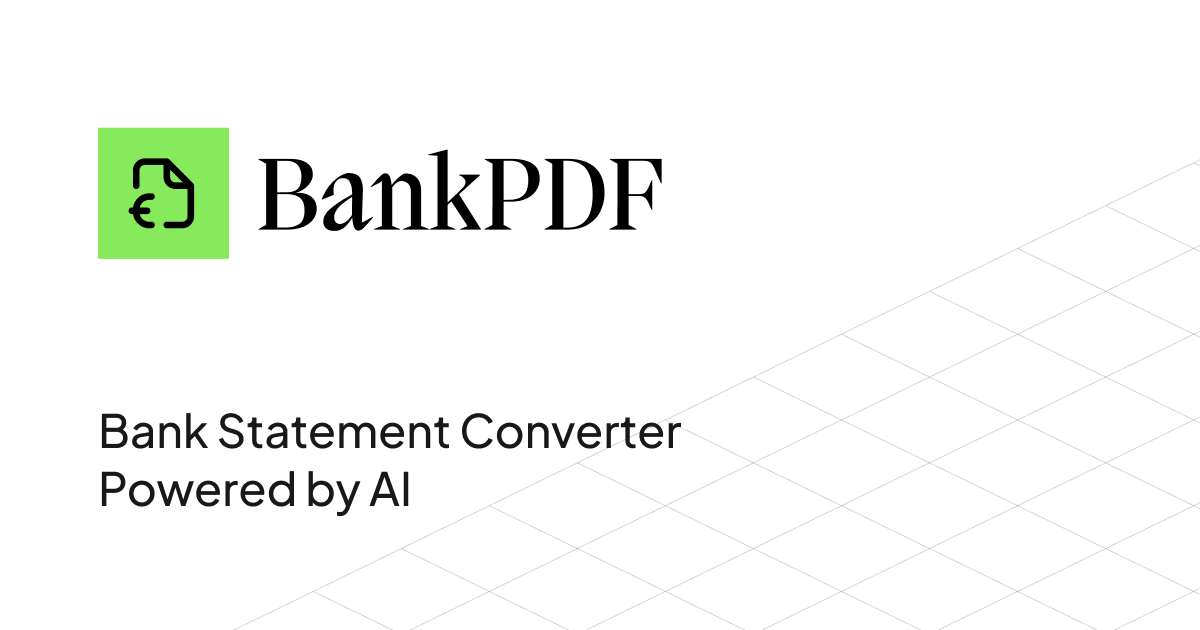
What is the Purpose of a Bank Statement?
The bank statement meaning is to serve multiple essential purposes in your financial life. Understanding these purposes can help you make better use of these important documents. Here are some of the most common ones:
1. Financial Record Keeping
The primary purpose of a bank statement is to maintain accurate records of your financial transactions. This documentation helps you track your spending patterns, monitor your savings, verify deposits and payments, and maintain historical financial records in case you need them.
2. Error Detection and Fraud Prevention
It’s highly recommended that you review your bank statements regularly not only to check you’re getting paid but also to:
- Identify unauthorized transactions
- Spot duplicate charges
- Catch banking errors
- Notice suspicious activity early
- Protect against identity theft
3. Budget Management
Bank statements are valuable tools for managing your personal finances and/or business budgets. When you download a bank statement, you can analyze spending patterns, identify areas where you can cut costs, track income sources, monitor recurring expenses, and plan future financial goals and projects.
4. Legal and Tax Purposes
Bank statements also serve as very important documents for legal and tax functions. You’ll need them when:
- Supporting tax return preparation
- Providing proof of income
- Documenting business expenses
- Supporting loan applications
- Verifying financial status for legal proceedings
Examples of Bank Statements
Understanding what information appears on different types of bank statements can help you better manage your finances.
Checking Account Bank Statement Example
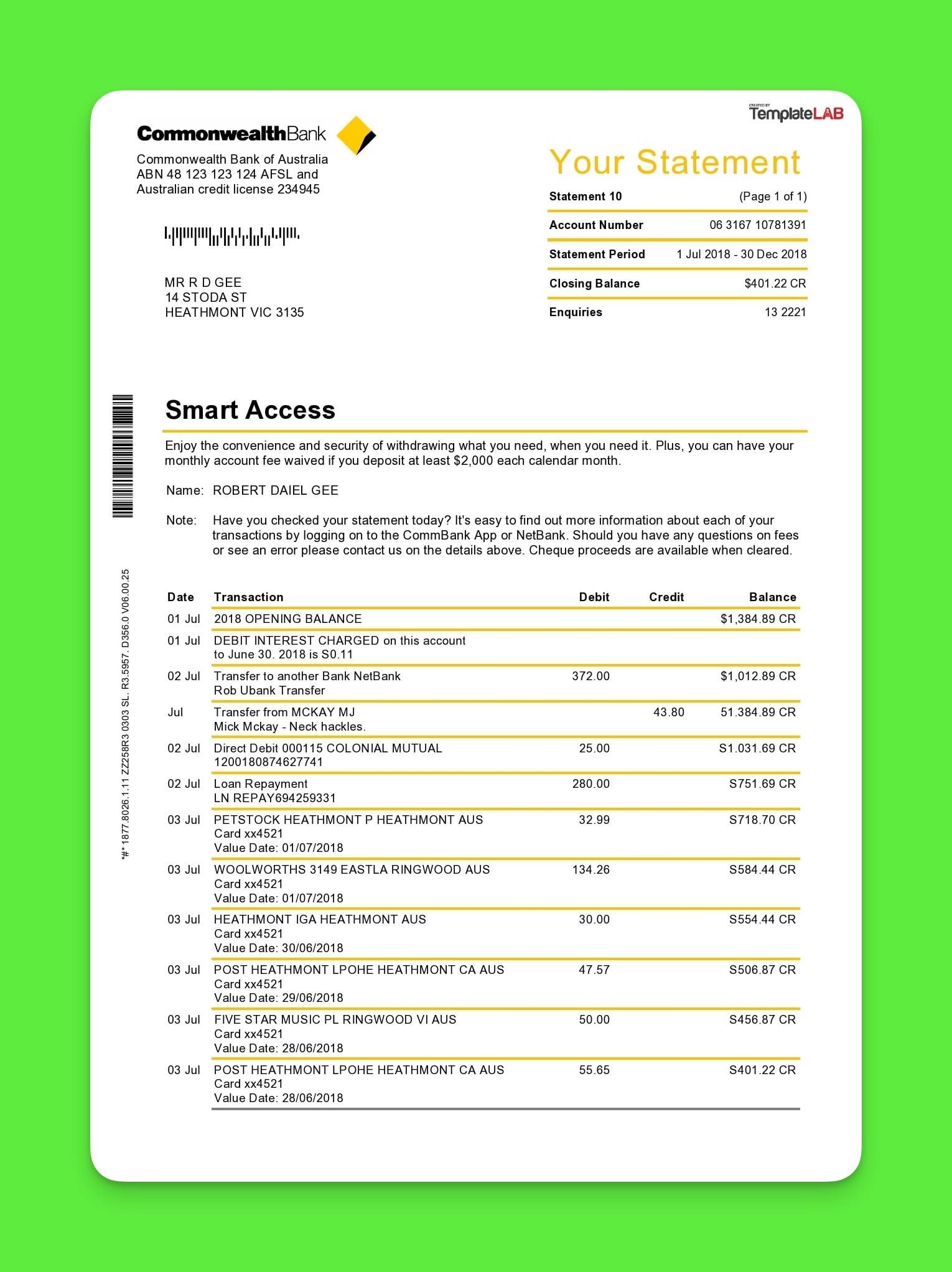
A typical checking account statement includes:
- Header Information with:
- Bank Name and Contact Information
- Account holder's Name and Address
- Account Number
- Statement Period
- Beginning and Closing Balances
- Transaction Details:
- Date of each transaction
- Transaction descriptions
- Amounts debited or credited
- Running balance
- Summary Information:
- Total deposits
- Total withdrawals
- Fees charged
- Interest earned (if applicable)
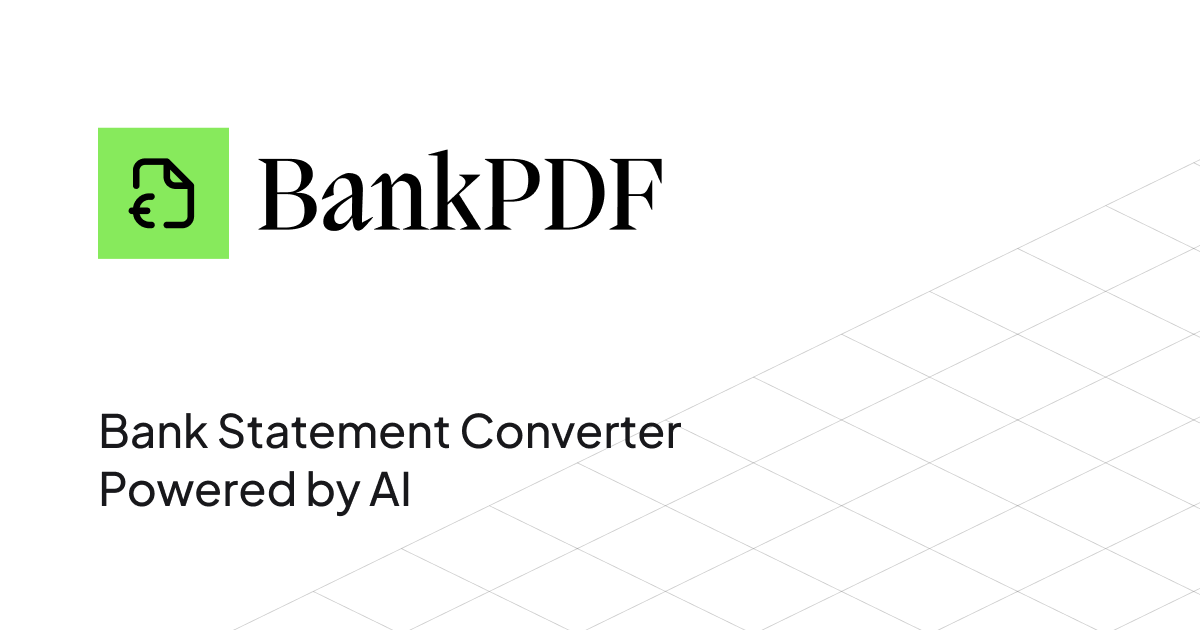
Savings Account Bank Statement Example
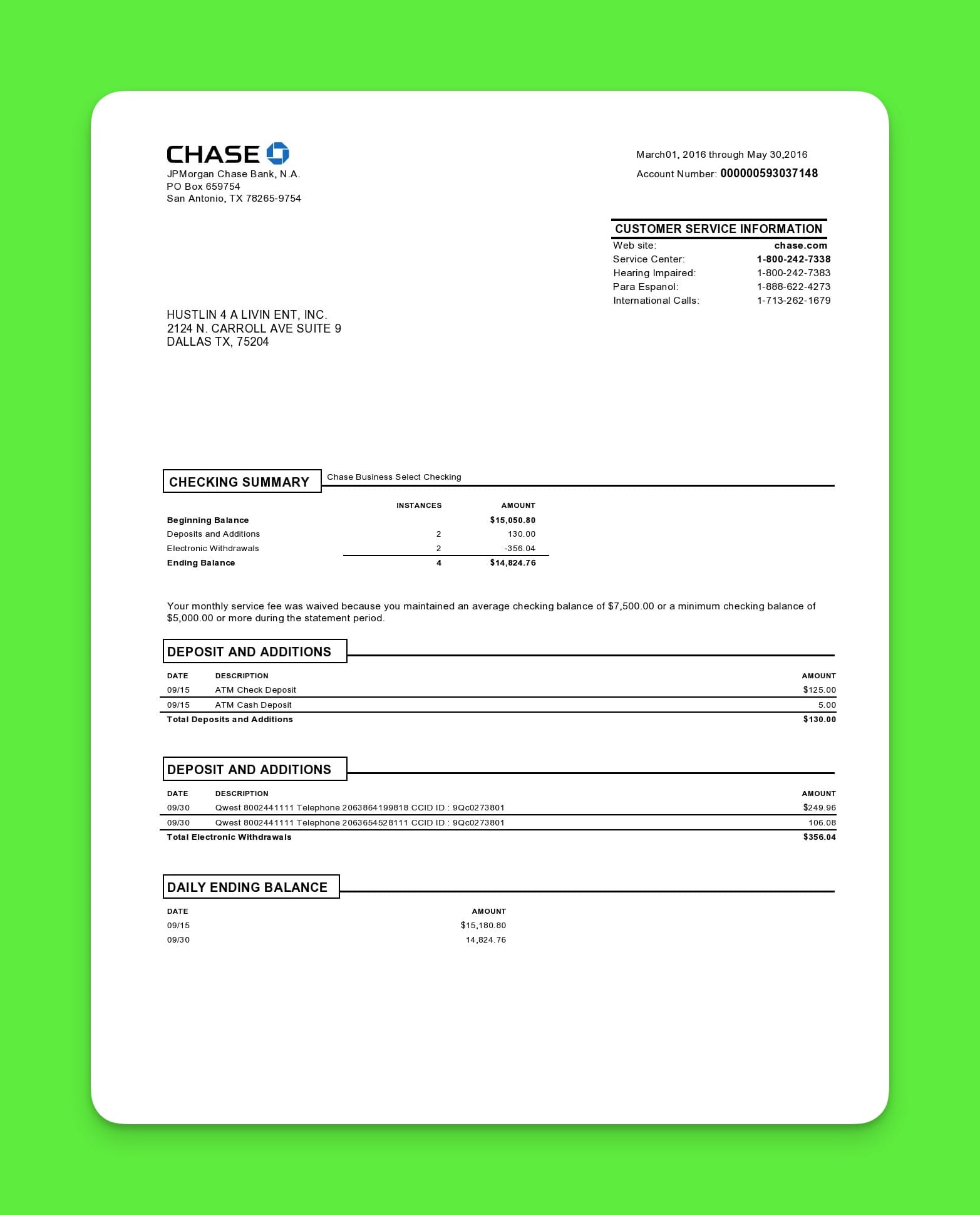
A savings account statement typically shows:
- Account Information:
- Account holder details
- Account number
- Statement period
- Interest rate information
- Transaction Details:
- Deposits and withdrawals
- Interest earned
- Electronic transfers
- Service charges
- Summary Section:
- Opening balance
- Closing balance
- Total interest earned year-to-date
- Annual Percentage Yield (APY)
How to Read a Bank Statement
Learning to read your bank statement effectively is crucial for maintaining financial health. Let's break down the process into manageable steps.
1. Review the Header Information
Start by verifying:
- Your name and address
- Account number
- Statement period dates
- Beginning and ending balances
2. Understand the Transaction Layout
Transactions are typically listed chronologically and include:
- Transaction date
- Description of the transaction
- Amount (positive if moving in or negative if moving out)
- Running balance
3. Check for Types of Transactions
Common transaction types include:
- Deposits (Credits)
- Direct deposits
- Cash deposits
- Check deposits
- Transfer credits
- Withdrawals (Debits)
- ATM withdrawals
- Debit card purchases
- Checks written
- Electronic payments
- Bank fees
4. Analyze the Summary Section
Pay attention to:
- Total deposits for the period
- Total withdrawals
- Fees charged
- Interest earned
- Any special notices or announcements
5. Reconcile Your Records
Important reconciliation steps:
- Compare against your personal records
- Check for unauthorized transactions
- Verify all deposits were credited
- Ensure all checks are cleared properly
- Match debit card transactions
Understanding Bank Statement Cycles
Bank statements typically follow a monthly cycle, but it's important to understand that:
- Statement Periods usually cover one month but may not align with calendar months. These can be adjusted upon request and might vary by account type.
- Processing Times include transaction posting dates, settlement periods, cut-off times, and weekend and holiday processing.
Digital vs. Paper Statements
Modern banking offers both digital and paper bank statement options. While digital bank statements are more environmentally friendly, of immediate access, and easy to store and search, paper bank statements are still required by law in some places for some physical record-keeping purposes.
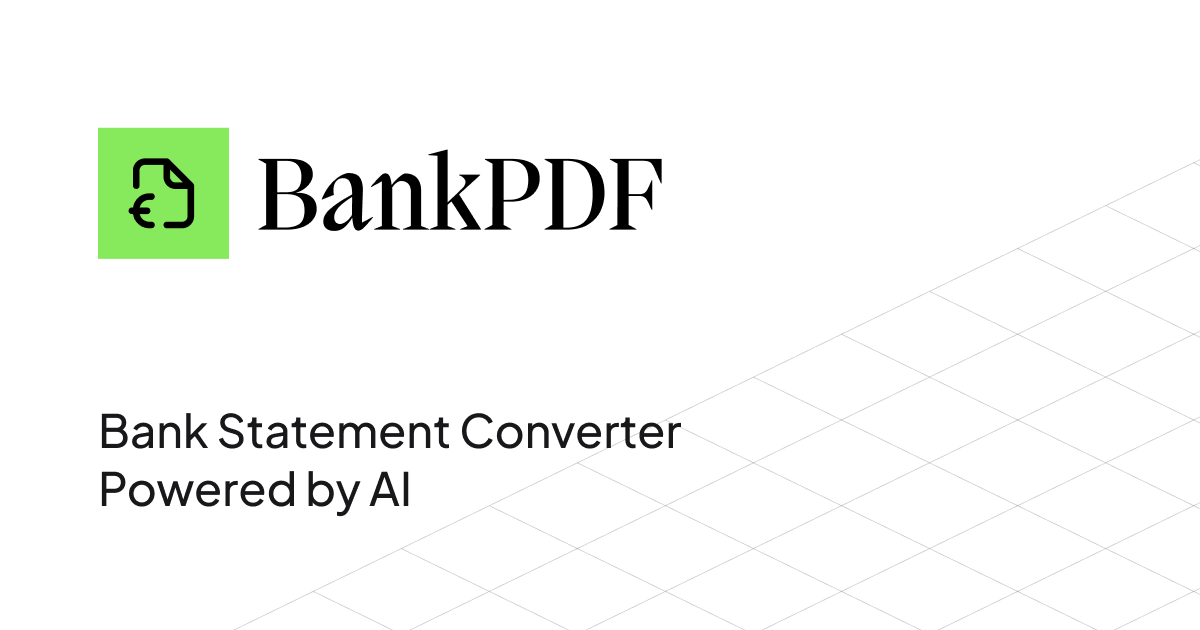
Conclusion
Understanding what a bank statement is and how to read it effectively is crucial for maintaining healthy finances. Whether you're tracking personal expenses, managing a business, or preparing for taxes, converting your bank statement to excel or CSV might also be a vital tool for financial management and record-keeping.
Remember to review your statements regularly, keep them organized, and report any discrepancies promptly. With this knowledge, you're better equipped to maintain control of your financial life and make informed decisions about your money.
Consider setting up online banking access for real-time monitoring of your accounts, and decide whether digital or paper statements better suit your needs. Whichever format you choose, maintaining good records and understanding your bank statements will help you achieve your financial goals.






